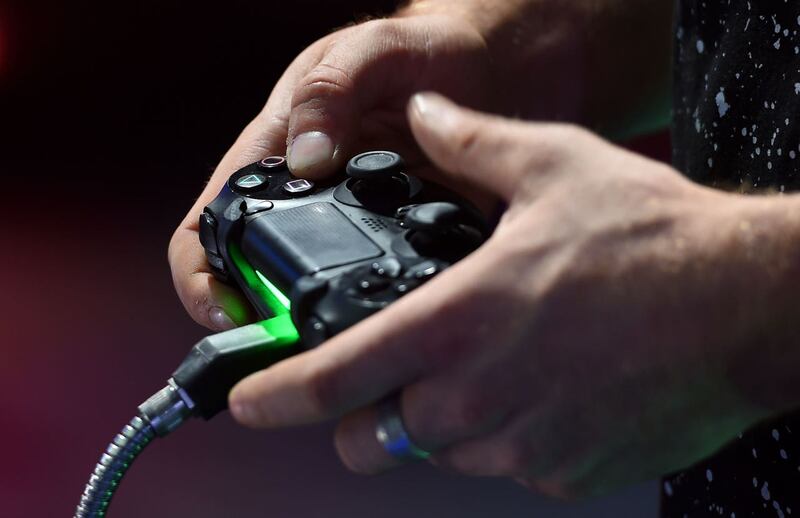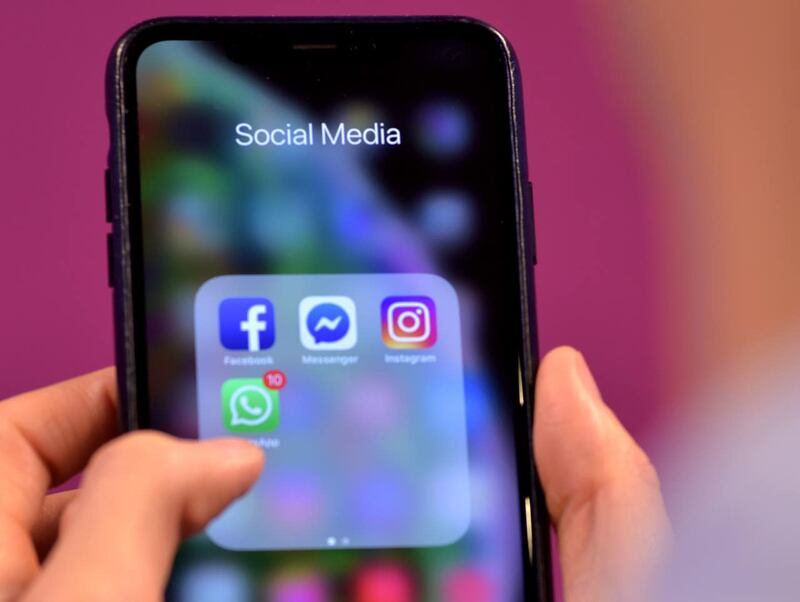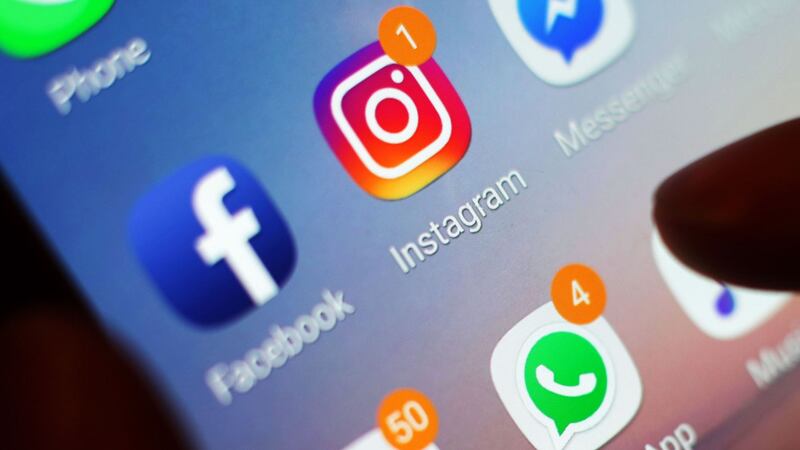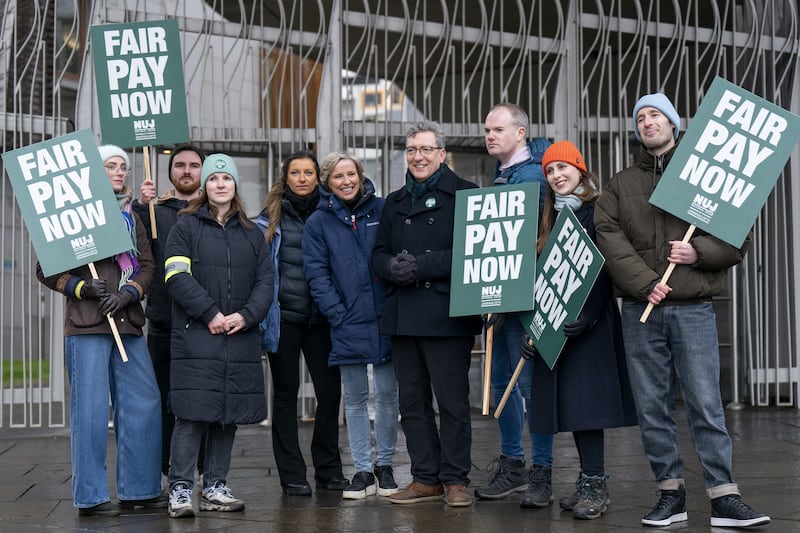Parents are becoming increasingly concerned about children’s social media and online activity, according to regulator Ofcom.
Just over half (55%) of parents and carers believe that the benefits of youngsters being online outweigh the risks – a 10% decrease since 2015, according to the watchdog.
This has coincided with more children seeing hateful content online than they were previously, with 51% of 12 to 15-year-olds seeing such material in the last year.
This is an increase from 34% in 2016.
Yih-Choung Teh, strategy and research group director at Ofcom, said: “Today’s children have never known life without the internet, but two million parents now feel the internet causes them more harm than good.”
He added that it is “encouraging” that more parents, carers and teachers are now taking it upon themselves to talk about online safety with children.
The report also found that youngsters are becoming increasingly drawn to the “vlogger next door” – a social media influencer who may be local to their area or share a specific interest.
Another concern for parents is the impact of gaming on their children.
In 2019, 47% of parents said they are concerned about their children making in-game purchases – up from 40% in 2018.
Last year 39% also said they were concerned about their children being bullied while playing games online, which is an increase from 32% in 2018.
While gaming is more popular among boys than girls, it is becoming an increasingly popular pastime for girls.
The percentage of girls aged five to 15 playing online games rose to 48% in 2019 from 39% in 2018, while the figure for boys remained at 71%.

The research also found that social media usage among children is becoming increasingly fragmented, with older children in particular using a wider range of platforms than they have previously.
WhatsApp is now used by 62% of 12 to 15-year-olds, up from 43% in 2018.
The messaging service now ranks alongside Facebook (69%), Snapchat (68%) and Instagram (66%) as being among the most popular social media platforms used by older children.
The age of digital independence is “becoming” 10, according to Ofcom, as between the ages of nine and 10 the proportion of children who own a smartphone doubles from 23% to 50%.

By the age of 15 94% of children have one.
Despite the high rates of mobile phone ownership among children, TV remained the most popular news source among children (64%), followed by talking with family (60%) and social media and talking to friends (both 55%).
– The Ofcom report, Children And Parents: Media Use And Attitudes Report 2019, was based on interviews with around 3,500 parents and children.








